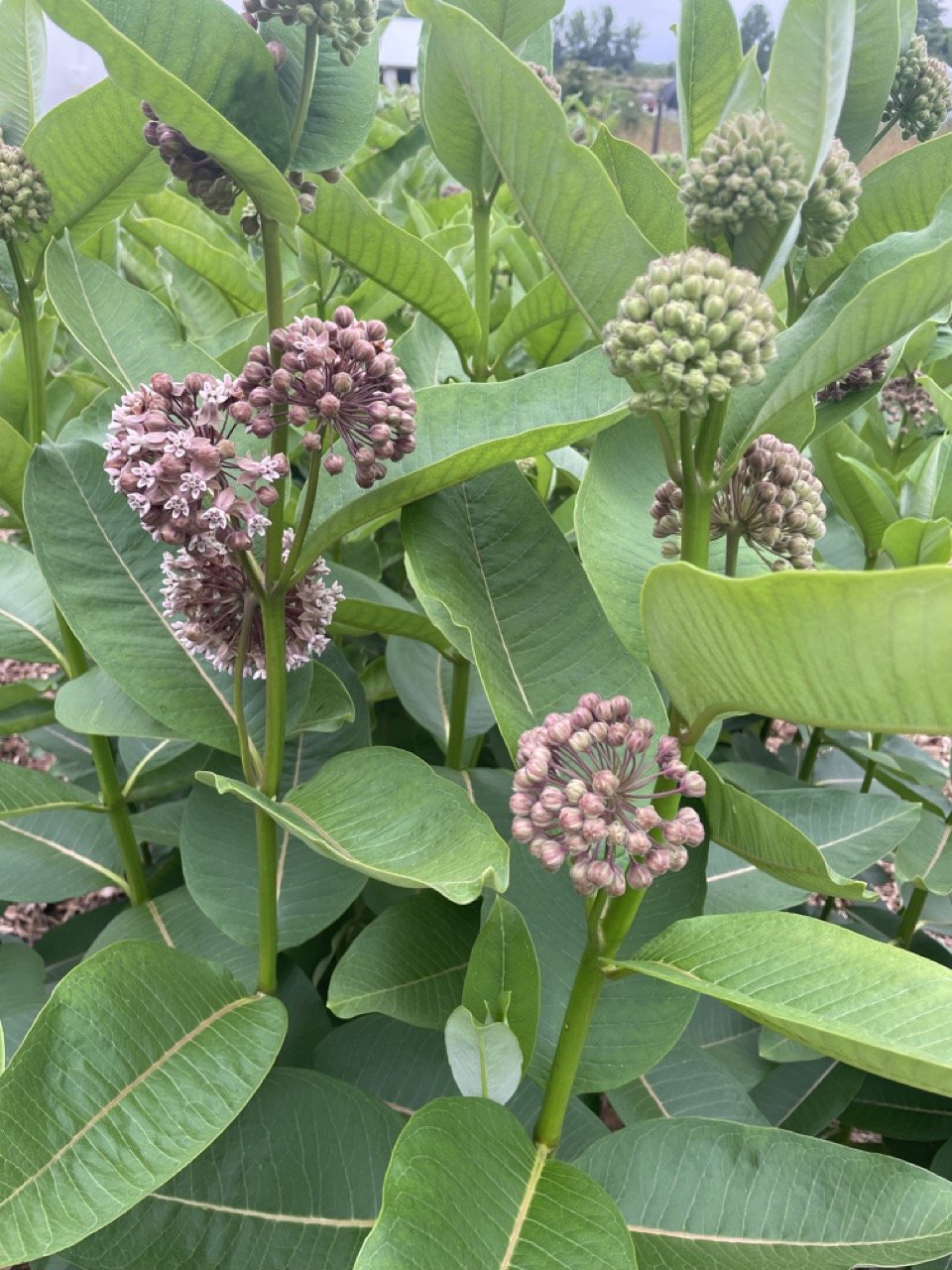
A young girl and her eleven brothers are living happily together. Their mother dies, their father remarries, an evil stepmother enters the picture. One day, while the sister is out in the forest, the stepmother puts a spell on the eleven brothers turning them into swans and off they fly.
The sister spends years wondering where they are, wandering the forest in grief. One day she meets an old crone (witch) who tells her to go to the shore of the ocean to find her brothers. She wanders to the shore at dusk and sees eleven swans in the sky. As the sun sets, they land around her and transform from swans to human brothers. The family reunites joyfully and soon the sister finds that her brothers are cursed to be swans during the day turning back to men at night.
More time goes by with the sister ruminating on how to break this spell. Again she runs into the old crone in the woods who tells her of an island, West of the Moon, in middle of the sea where she may find out how to break the spell. The sister and her brothers hatch a plan to fly to the island on midsummer day, the longest day of the year, and the longest time the brothers will be in swan form to make the perilous journey.
To prepare, the sister weaves a basket out of willow branches so she can be carried by her brothers in flight. They take off at dawn but the journey across the vast sea is long and the sun starts to set just before they have reached the island. They barely make it before the swans transform back to men. On the island they find themself at the castle of the Faerie Morgaine le Fay.
Side note: I find Morgaine le Fay fascinating because of how she is portrayed across time, cultures and lore, everything from a great healer and protector (King Arthur) to a wicked enchantress. Her origins seem to be rooted in Celtic and Welsh mythology as a supernatural shape shifting goddess/deity. To me, the multi-faceted lore around Morgaine le Fey is evidence of the colonialist, christian, patriarchal struggle (and fascination) to redefine a powerful female character, both dangerous and desired.
Either way, in our Swan story, no one can set their gaze on Morgaine le Fey but as a shape shifter Morgaine speaks to the sister in her dreams that night as she slumbers with her brothers on the island. Through the dream, the sister finds that the only way to break the spell is by weaving eleven shirts from stinging nettles, gathered from graveyards, for each of her eleven brothers. She can’t cry out our speak during the weaving time which will take years. The story continues with silent weaving, blistered hands, until one day, the sister is caught in the graveyard gathering nettles and accused of being a witch. She is set to burn at the stake with no voice to defend herself. On the night before she is set to be burned, the sister frantically continues her nettle weaving and almost finishes the last nettle shirt from her dungeon cell. The next morning, with a dramatic ending, the fire is lit to her pyre but the swan brothers swoop in putting out the fire with their wings as she throws the shirts over their heads, breaking the curse and turning them back into men. Except for one brother, who got the last shirt that wasn’t quite finished and was missing a sleeve. So he lives forever as a man with one swan wing!
THE END
The inspiration for West of the Moon comes from an old faerie tale with many name variations. It’s a story that has roots in pre-Christian Celtic/Welsh lore which is where my ancestral roots trace back, but is also found in the folklore of many cultures. It’s a story that goes by the name of The Wild Swans or the Eleven (or Six) Wild Swans.
I like to lean into the idea that folk tales weren’t just children’s stories but used fantasy, symbols & allegory to hold wisdom & make meaning of the mystical & unknown of life’s powerful experiences. Much like how the nighttime dream world may speak to us, the rhyme and reason of faerie tales is meant to be enigmatic.
I have always loved the fantastical and the magical and so was inspired by the story of the Wild Swans. Plus the story prominently features nettles and willow, two wonderful plants I use in my apothecary.
Here is a (quick) synopsis of the story and only one version of many:



